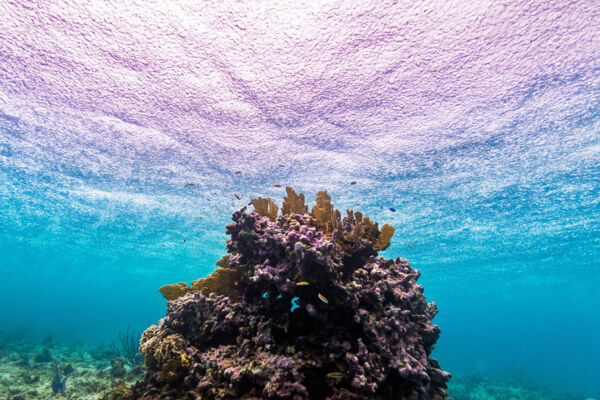How many rainy days are there in the Caribbean Each Year?
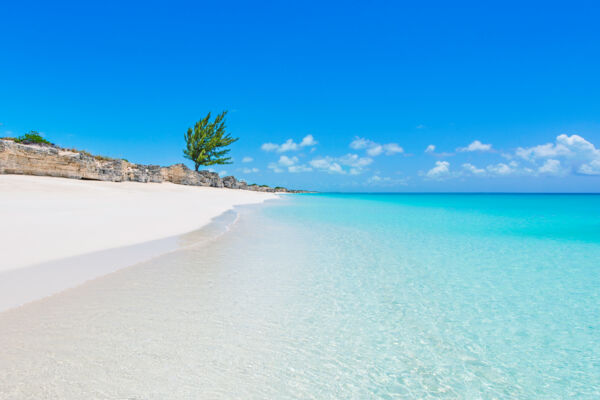
The Turks and Caicos experiences one of the lowest annual rainfalls in the Caribbean, and as such, sees a higher than average number of sunny days. Within the Turks and Caicos, it also varies by island, with Providenciales (in the Caicos Islands) having less rain than the central North and Middle Caicos islands, and the Turks Islands (Grand Turk and Salt Cay), receiving considerably less rain.
Although many imagine the Caribbean as sunny year-round, many islands receive quite a bit of rain. Generally, smaller islands near the equator will receive less rain, whereas larger islands, and those further from the equator, receive vastly higher levels of rainfall. This is especially evident with the islands of Hispaniola (Haiti and the Dominican Republic) and Jamaica, which are both considerably lusher than the Turks and Caicos.
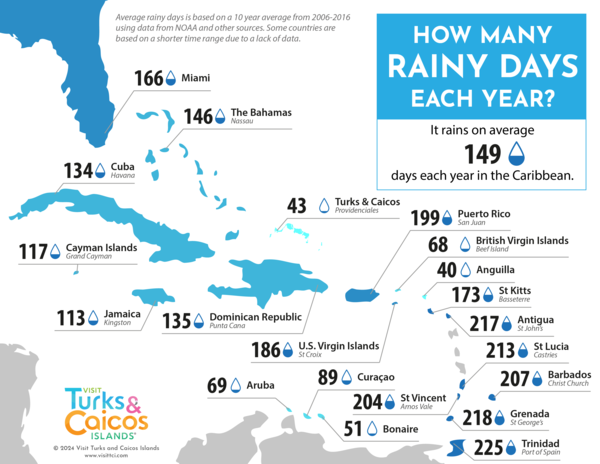
| Countries by Rainy Days | ||
| Country | City | # Rainy Days |
| Anguilla | - | 40 |
| Turks & Caicos | Providenciales | 43 |
| Bonaire | - | 51 |
| British Virgin Islands | Beef Island | 68 |
| Aruba | - | 69 |
| Curaçao | - | 89 |
| Jamaica | Kingston | 113 |
| Cayman Islands | Grand Cayman | 117 |
| Cuba | Havana | 134 |
| Dominican Republic | Punta Cana | 135 |
| Bahamas | Nassau | 146 |
| United States | Miami | 166 |
| St Kitts & Nevis | Basseterre | 173 |
| U.S. Virgin Islands | St Croix | 186 |
| Puerto Rico | San Juan | 199 |
| St Vincent | Arnos Vale | 204 |
| Barbados | Christ Church | 207 |
| St Lucia | Castres | 213 |
| Antigua | St John's | 217 |
| Grenada | St George's | 218 |
| Trinidad | Port of Spain | 225 |
Among countries in the map above, the average number of rainy days is 149, with a wide variance. Anguilla, located northeast in the chain of Leeward Islands, sees the lowest number of rain days at 40, followed closely by Providenciales, Turks and Caicos at 43.
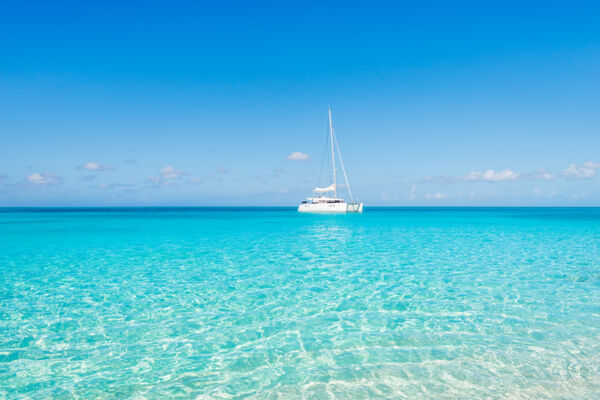
What Causes Rain?
Rain is caused by warm, moist air cooling and condensing. Mountainous regions can cause moist air to rise, form clouds, and produce rain. This is called orographic rain.
Convective rain can be caused by the sun warming the ground, causing moisture in the soil to evaporate and rise. This can result in clouds forming and can potentially result in precipitation. On small islands, there is the chance the winds will blow these clouds off the island, resulting in rainfall at sea.
Does the Destruction of Rainforests Affect Rainfall?
Whereas many factors contribute to the average amount of rainfall (and rainy days) a Caribbean island experiences, the destruction of rainforests has been observed to result in reduced rainfall.
Tropical Cyclones and Rainfall
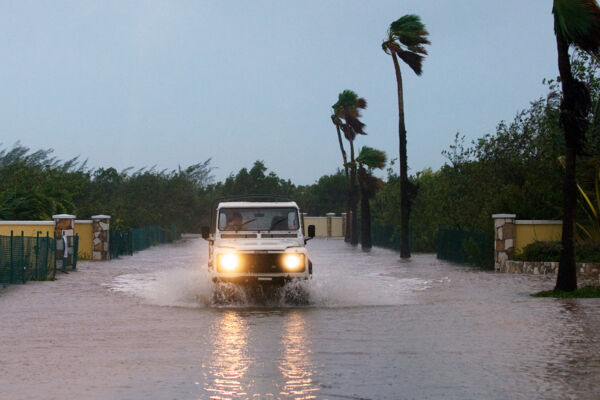
Hurricanes, tropical storms and tropical depressions, typically occurring during the summer and autumn months, are often the catalyst for much of the rainfall on some of the Caribbean and tropical Atlantic islands.
It does vary by location, however many of the northeastern countries receive much of their annual precipitation over the course of only a very few storms.
In the case of the smaller islands, much of this heavy rainfall isn’t as beneficial to agriculture and vegetation as the apparent numbers suggest, as much of the water is lost due to over saturation of the ground and water lenses.
The Turks and Caicos and eastern Bahamian archipelagos are prime examples of this fact. Conditions throughout the majority of the year are so dry that only a unique tropical dry forest is common to the islands. Heavy rainfall brings about a vegetation growth spurt two or three times annually, with dormant conditions generally prevailing.
Rainfall in the Turks and Caicos
In the Turks and Caicos, the extensive marine wetland flats on the larger Caicos Islands cause much of the predictable rainfall in the country. The sun heats the dark-hued ground in these regions, which in turn heats the surrounding humid air. The rising hot air then condenses into rain.
Due to the regular trade winds, the resulting rain tends to fall on and to the northwest of North Caicos, Parrot Cay, and Pine Cay.
